Through the years, I’ve heard many stories, horrible stories, about campers stranded out in the wild for days and days on end. Some of them never made it back to civilization, but those who survived and got back to tell the tale managed to find themselves a steady supply of the one thing that we can’t live without: clean water.
Unlike food, we can live without water for just a few days. If we’re in an extremely hot environment; that days can be cut to as little as just a few hours.
The problem with surviving for extended periods of time in the wilderness is that there’s no way that you can carry enough water, equipment and food with you to last for weeks. Hence, if you’re a prepper who knows his priorities, you already know that you need to acquire the survival skills (and tools) to find what you need in the wile, before you boldly go where no camper has gone before.
Let’s face it; it’s much easier to find and purify available water on the spot than it is to carry the weight that an adequate supply of potable water in the wilderness would mean. In fact, I’ll have to say that that’s pretty much impossible, as I told you before.
To start with, an adult requires about a gallon of drinking water every 36 hours; even more if they are performing considerable physical effort or in that hot environment. Dehydration is a silent killer; one that comes without warning, depleting you of your strength in no time; it also impairs judgment; so you should avoid getting dehydrated at all costs.
Now, let’s take a look at the main ways of procuring and purifying water in the wild in order to mitigate the risk of contamination with bacteria, or other parasites:
1. Boiling is the easiest and oldest way to purify water. You need a fireproof container and the means to make fire. Like I said, you should never go out, risking your life, without knowing the basics of survival, i.e. making fire like the Cro-Magnon man did 50,000 years ago.
It’s shameful to live in the 21’st century and not know the basics of outdoors living, don’t you think? Prior to boiling the water, filter out the larger particles with a towel or a t-shirt.

It’s much easier to carry a water filter around with you than burden yourself with 5 gallons of water, right? There are also water filtering straws and water bottles with built in filters. These use suction power for filtering the water and have the obvious advantage of being easier to carry around.
You can improvise your own DIY water filter as well, making a bio-filter out of things that you find in the wild. Start with a cone, made out of a strip of bark. Fill it with consecutive layers of charcoal, sand, grass and gravel, with the charcoal being at the bottom. You can get charcoal fairly easy from your fire.
While it won’t work as good as activated charcoal, it will provide some filtering, especially if you break it into small pieces. Allow the water to percolate through the layers, coming out at least somewhat purified at the end. Keep in mind that the more filtering that the water has, the better it will come out.
3. You can buy and carry military style water purification drops or tablets. This is one of the easiest to use water purification methods. The downside of the method is that the water treated that way doesn’t taste so great. The main ingredient in these tablets is iodine, but there are also chlorine/potassium permanganate pills. The military only recommends using these methods when other methods are not available. Considering the flavor, I have to agree with them.
4. Another DIY method is to build a solar still into the ground. This is a great “survivalist” method, because you only need minimal gear in order to procure water via evaporation. All you have to have is a plastic sheet, such as a garbage bag, a pan or container to put in the bottom and a piece of rubber tubing.
To make it, all you need to do is to dig an inverted cone shaped hole into the ground. Then put your a container in the bottom, with the end of the rubber hose anchored in it. Lay out the hose so that the other end is outside the hole and anchor it as well. Cut off leaves and other greenery and put them in the hole as well, taking care to make sure that they aren’t covering the pan.
The hole must be covered with a plastic sheet, making sure that no moisture can escape. After that, you must put a small rock on the plastic cover, in the center, making the plastic dip over the pan or container. As the water evaporates from the ground and the plants you put in the hole, it will condensate on the plastic sheet (that cools easily) and drip down inside the container.
Cool, huh? The water can be sucked out of the pan through the tubing, so that you don’t have to open the still up. You must take into account that this is not the fastest method to get yourself drinking water, but it works like a charm, anytime anywhere. For better/faster results, you can dig a few holes instead of one, given that you have enough plastic sheet available.
That about sums it up folks. If you have other ideas, don’t hesitate to share them in the comment section below.
This article has been written by Chirs Black for Survivopedia.




























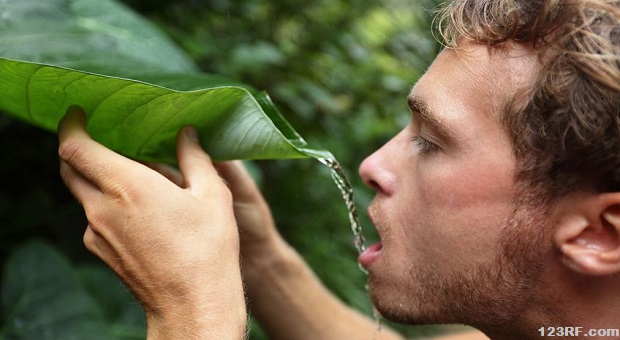

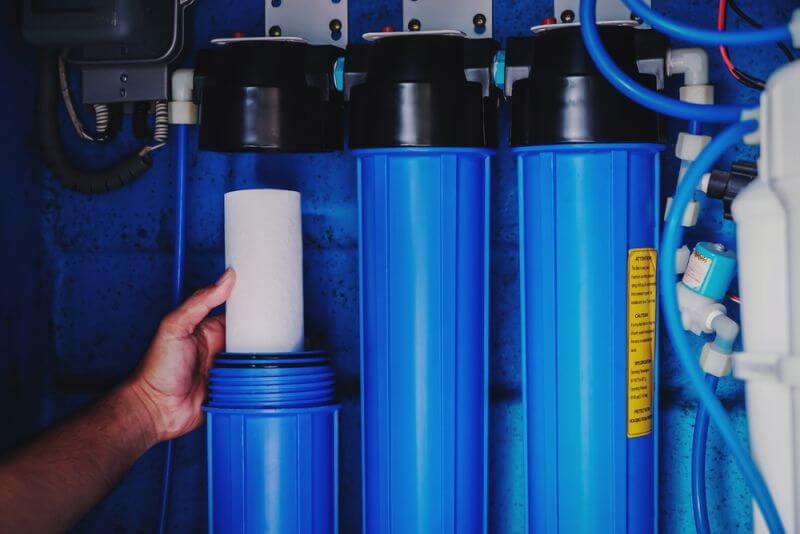
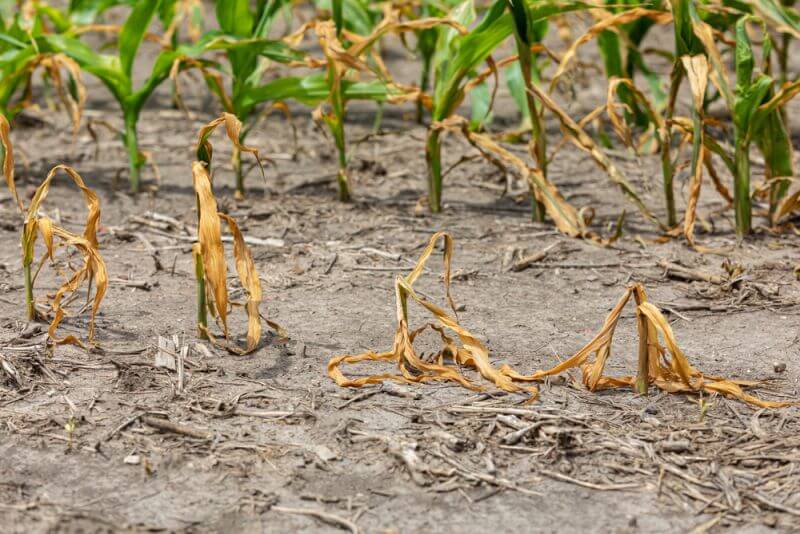
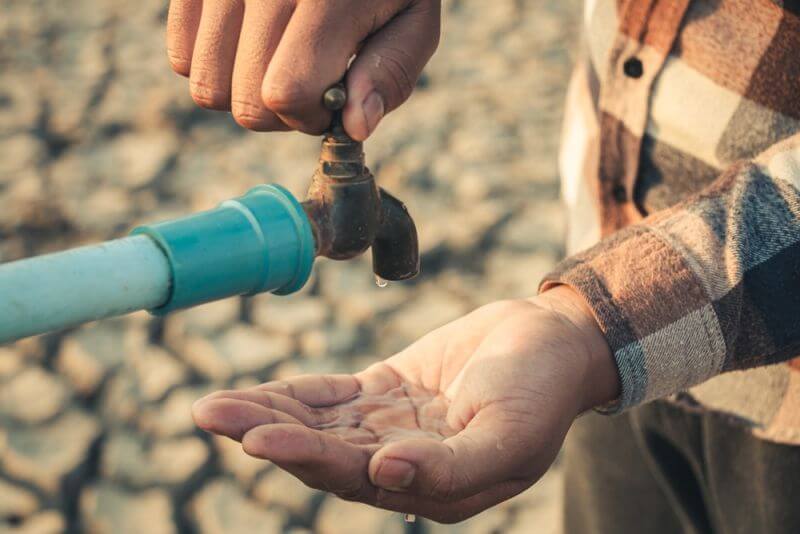
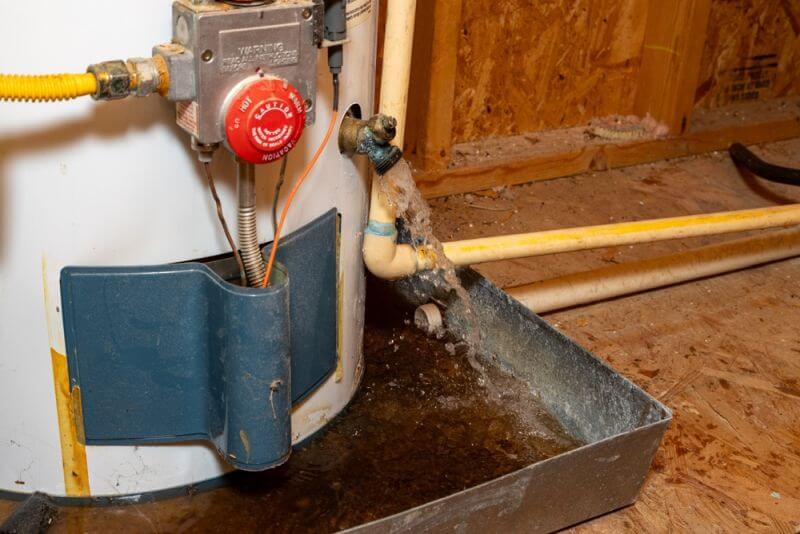
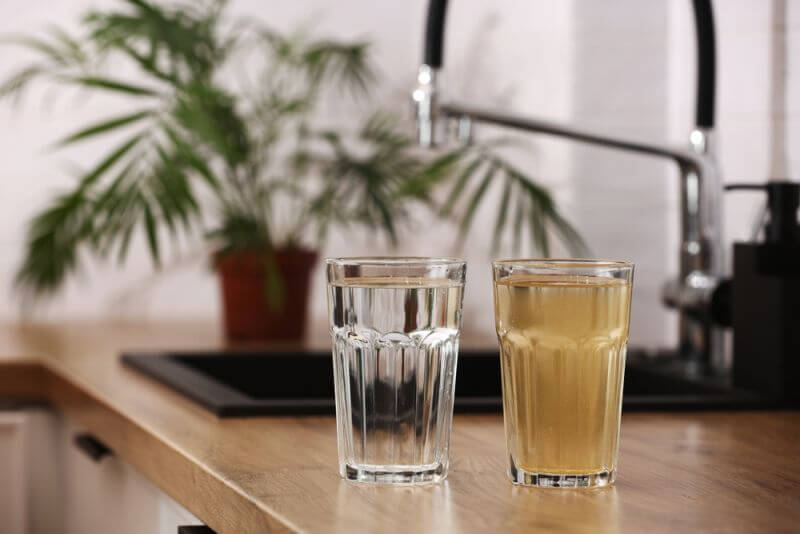







































Digging the cone shaped pit and laying the plastic sheet with a rock in the center is a great idea. If the pan were metal with a relatively sharp edge, it could also be used to dig the hole. I can picture a neat little kit consisting of pan, tubing, and plastic sheet.
All that’s required can be put in an Altoids can. For digging? A large rock, stick or anything can be found and used to dig. A pan would be nice, but if water is scarce enough to do this, I’d rather keep my pan for cooking cuz there sure won’t be enough to wash the pan before using.
Just my experience.
Thanks for the great posts.
There is a need to really wake people up.
Actually the easiest method I read somewhere is: take a transparent one or two liter soft drink bottle. Fill it with water that is not muddy (hold a white paper against the sun and it the water seems reasonably “not-cloudy”). Put it into the sun for twelve hours (if cloudy, err on the safe side). 99% of the bacteria will by then be destroyed (if you wait too long, you have to deal with algae instead ;-). So you may not have a water filter, may not have clean water, but in all countries that don’t levy deposits on bottles, you stand a chance to find one even in the remotest places.